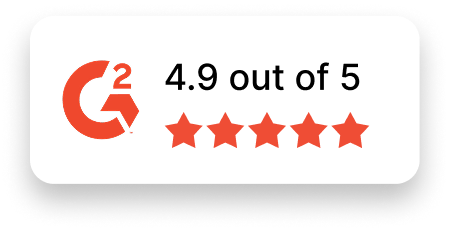IT Quality Control Analyst Job Description Template
Use this template to craft job descriptions for hiring IT Quality Control Analysts at different levels. Customize the details to align with your organization’s specific needs.
Job Title: IT Quality Control Analyst
Location: [Specify Location or Remote]
Job Type: [Full-time/Contract/Remote]
About the Role
We are seeking a detail-oriented IT Quality Control Analyst to ensure the quality, reliability, and efficiency of IT systems and applications at [Your Company Name]. You will develop and execute test plans, perform both manual and automated testing, and work closely with development teams to ensure our IT solutions meet business needs and industry standards.
This role is ideal for professionals with a passion for quality assurance and IT testing. Whether you’re looking for a remote position or an exciting opportunity to grow your expertise, you’ll be part of a dynamic team that values innovation and excellence.
Key Responsibilities
- Create and execute comprehensive test plans and test cases for IT systems and applications.
- Conduct manual and automated tests to identify defects, ensure functionality, and evaluate performance.
- Collaborate with developers and business analysts to understand requirements and design tailored test scenarios.
- Report, document, and communicate test results, highlighting issues, risks, and potential enhancements.
- Monitor IT systems throughout the development lifecycle to verify quality and performance.
- Ensure IT solutions align with business standards and industry best practices before deployment.
- Stay informed on the latest tools, methodologies, and advancements in quality assurance.
Required Skills and Experience
- Bachelor’s degree in Computer Science, Information Technology, or a related field.
- Proven experience in software testing and quality assurance using manual and automated approaches.
- Solid understanding of software development methodologies, including Agile, Waterfall, and DevOps.
- Hands-on experience with tools like Selenium, JIRA, TestNG, or Postman.
- Familiarity with quality control certifications such as ISTQB Certified Tester is an advantage.
- Excellent analytical skills and a keen eye for detail to identify and resolve defects efficiently.
- Strong communication skills to work effectively with development teams and stakeholders.
Why Join Us?
- Engaging Projects: Work on impactful IT solutions across diverse industries.
- Career Development: Access training programs and opportunities for professional growth.
- Remote Flexibility: Enjoy the freedom to work remotely from any location.
- Certification Support: Pursue certifications and further your career with our support.
- Inclusive Workplace: Be part of a diverse and welcoming team that values innovation, collaboration, and respect.
Apply Now
Are you ready to elevate your career as an IT Quality Control Analyst? Join us to deliver high-performing IT solutions while driving innovation and quality. Apply today to make an impact!

